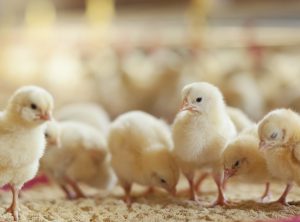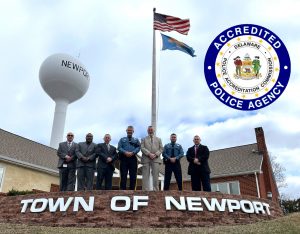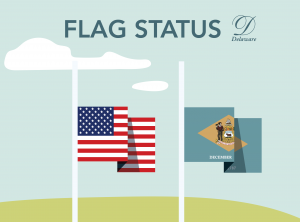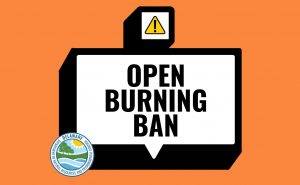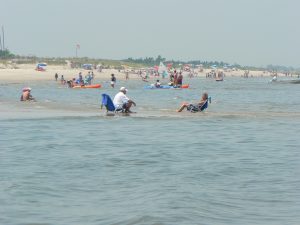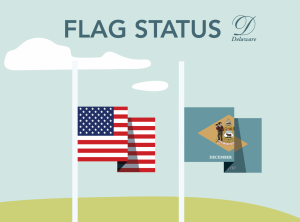Controlled Burn at Brandywine Creek State Park Aims to Boost Native Wildlife and Plant Growth
The Delaware Department of Natural Resources and Environmental Control is working with the Delaware Department of Agriculture to execute a controlled burn at Brandywine Creek State Park in February or March. This prescribed burn will help manage nearly 30 acres of meadowland near the park’s nature center.
Forest Service to conduct controlled burn in Lewes
The Delaware Forest Service plans to conduct a 48-acre controlled burn in the City of Lewes on Friday, April 23, beginning around mid-morning. Residents and visitors in the area might see smoke and should not be alarmed. The 48-acre site is primarily coastal marsh with phragmites and other vegetation. The purpose of the burn is to reduce hazardous fuel buildup and restore native marsh habitat. The area was last burned in 2008. The area has been treated several times over the past ten years to control phragmites, (Phragmites australis), which outcompetes native vegetation and lowers the local plant biodiversity.























